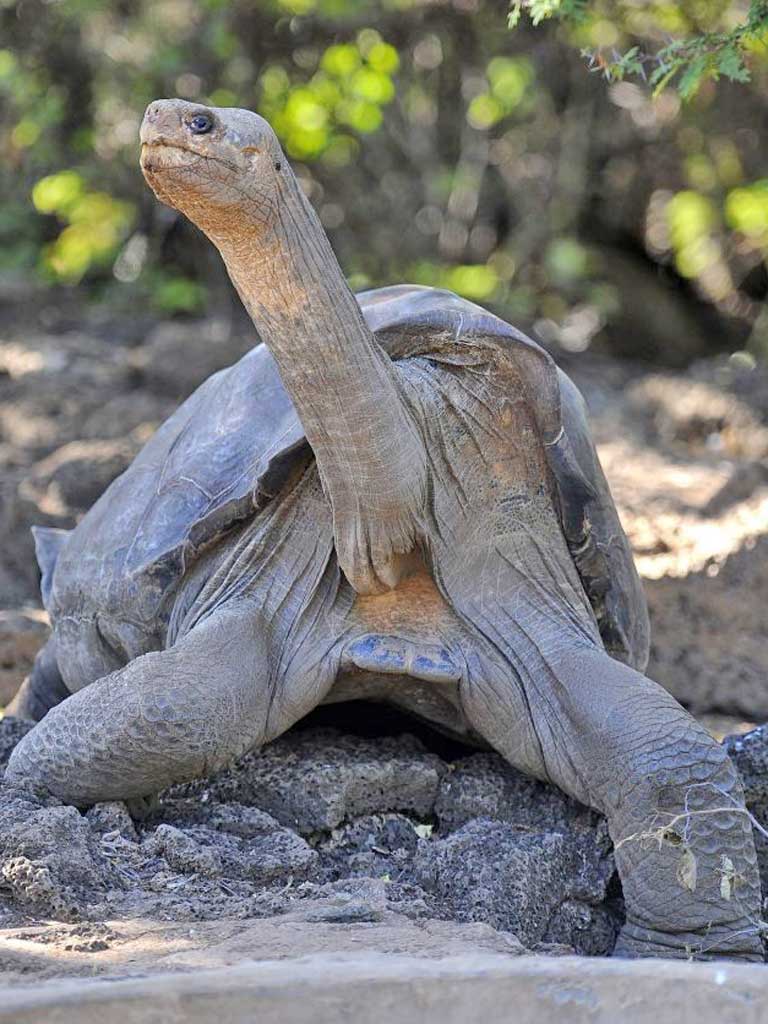
Your support helps us to tell the story
From reproductive rights to climate change to Big Tech, The Independent is on the ground when the story is developing. Whether it's investigating the financials of Elon Musk's pro-Trump PAC or producing our latest documentary, 'The A Word', which shines a light on the American women fighting for reproductive rights, we know how important it is to parse out the facts from the messaging.
At such a critical moment in US history, we need reporters on the ground. Your donation allows us to keep sending journalists to speak to both sides of the story.
The Independent is trusted by Americans across the entire political spectrum. And unlike many other quality news outlets, we choose not to lock Americans out of our reporting and analysis with paywalls. We believe quality journalism should be available to everyone, paid for by those who can afford it.
Your support makes all the difference.It may be a curlew or a kakapo. It may be the baiji, or a bat. But no one knows for sure, now, what is the rarest creature on the planet.
For the title is going begging this week, after the death of Lonesome George, a giant tortoise from the Galapagos Islands who was the last remaining member of his subspecies.
George was thought to be about 100 years old – which makes his death tragically premature, as giant tortoises are thought to live to about 200.
He was from Pinta island, and there are no more members of the Pinta subspecies of the giant tortoise to be found anywhere.
Indeed, scientists believed that Chelonoidis nigra abingdoni had become extinct until George was discovered on Pinta in 1972.
Subsequently, he became part of the Galapagos National Park tortoise breeding programme and was encouraged to mate with females of a closely related subspecies but never succeeded in reproducing.
National Park officials said George was found dead in his corral by his keeper, Fausto Llerena, who had looked after him for 40 years.
Lonesome George became a tourist symbol of the Galapagos, the Pacific archipelago visited by Charles Darwin in 1835 which receives 180,000 visitors a year.
Join our commenting forum
Join thought-provoking conversations, follow other Independent readers and see their replies
Comments